Even before 2020’s craziness, SUVs were racing up the sales charts. Thanks to their raised driving position – and not much else – they have been outselling their sedan, wagon and hatchback equivalents significantly. These include two former chart toppers, the Hyundai i30 and Toyota Corolla, and both cars have seen significant decline in sales – the Corolla sold 50.8 per cent less in April 2020 than it did in April 2019, and even the Kia Cerato is outselling the 2020 Hyundai i30. With this in mind, is there life left in the small car segment? We compared the top-spec versions of the Corolla and i30 to see. Hyundai i30 v Toyota Corolla, the fight is on!
Price & Specs
No longer the $20K specials they used to be, the 2020 Hyundai i30 kicks off from $20,440 plus on-road costs, and the Corolla $23,335, and the models tested retail for $33,635 (Corolla) and $35,240 (i30). The Corolla ZR Hybrid is the most expensive ‘Rolla you can buy, though the i30 Premium diesel and hi-po N Performance sit above the N Line Premium tested here.
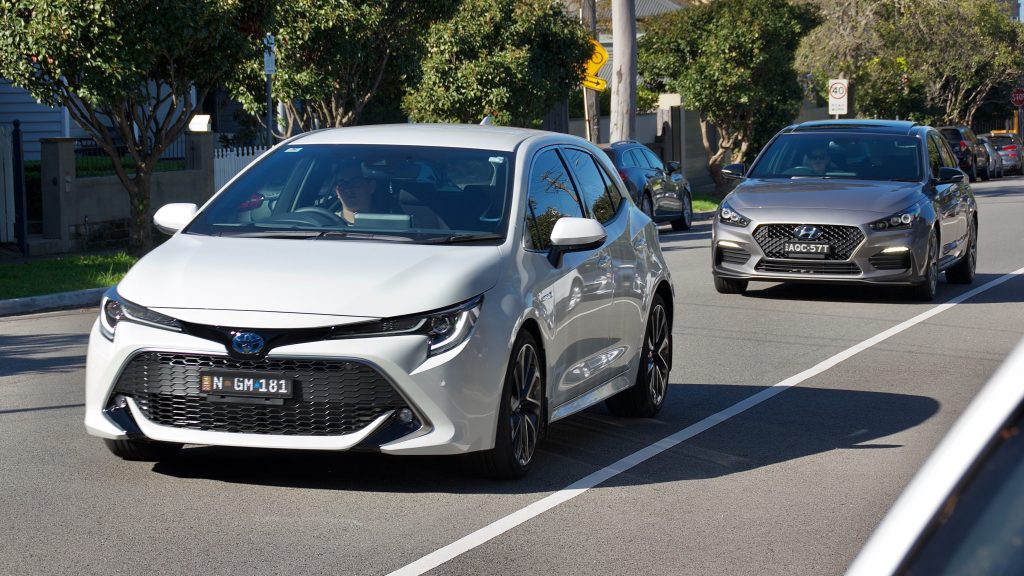

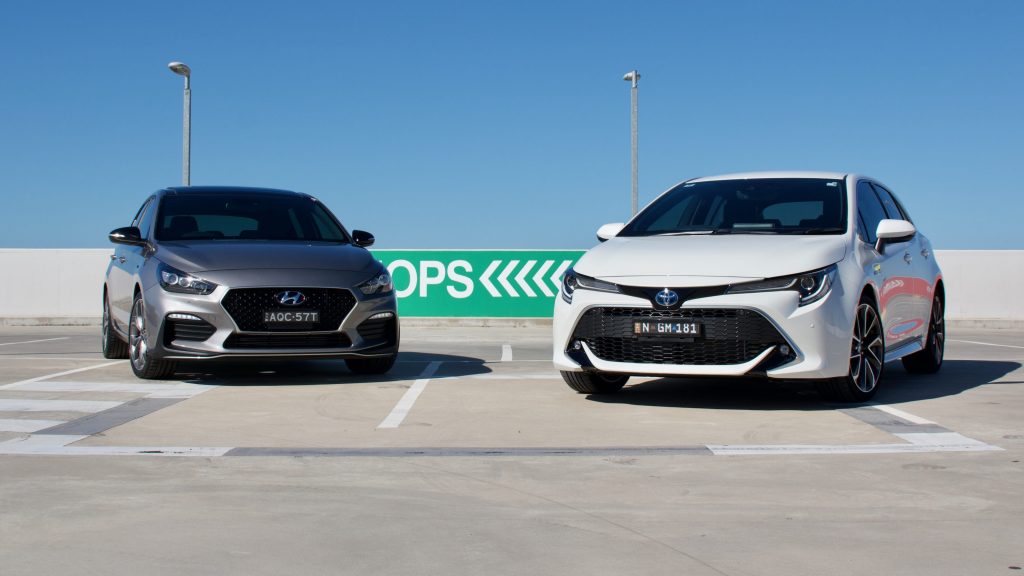
$1,605 sits between the Corolla and i30, yet Corolla is generally the better equipped car. Both cars share a long equipment list including 18-inch alloy wheels, automatic LED lighting, keyless entry and start, auto-folding/heated mirrors, automatic wipers (which activate the i30’s headlights), dual-zone climate control with rear air-vents, a mix of leather and faux-leather (i30) or suede (Corolla) upholstery, heated front seats with an electric driver’s seat (though no memory functionality for either), 8.0-inch touchscreens with satellite navigation with live traffic and a reversing camera, digital radio, Apple CarPlay and Android Auto, premium audio (a seven-speaker Infinity system for the i30 and an eight-speaker JBL system for the Corolla) and wireless charging.
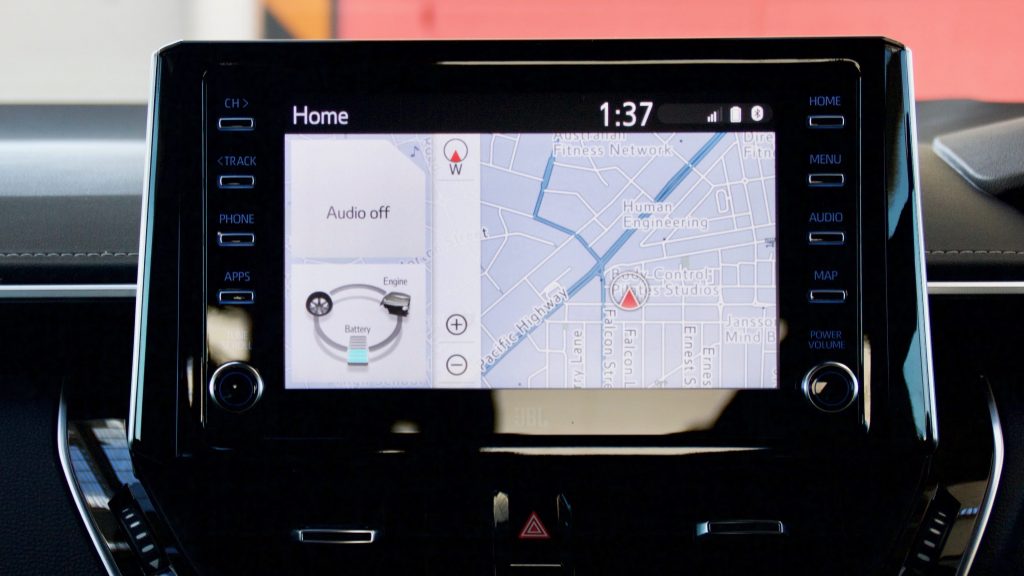
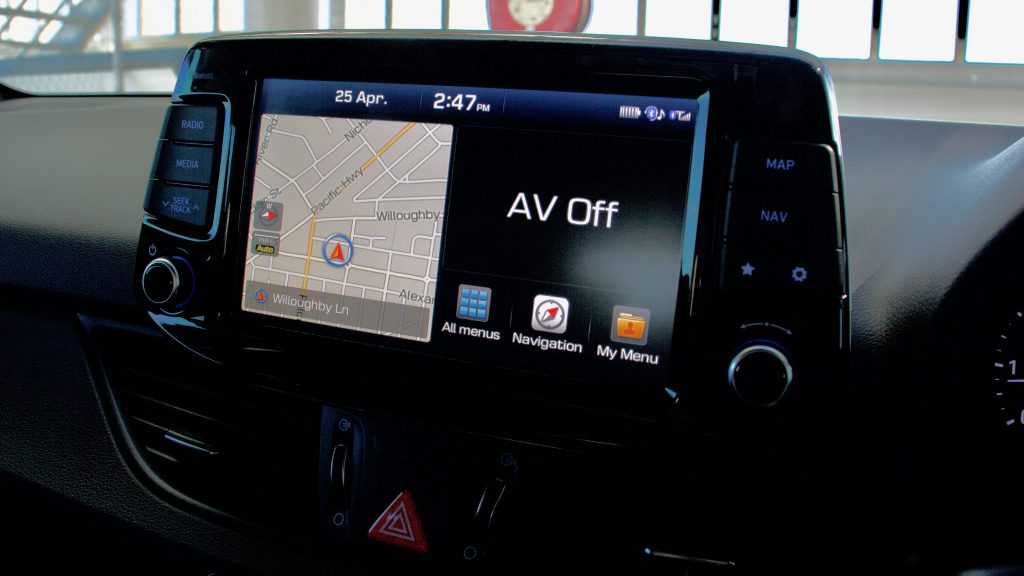
In terms of safety, the Corolla comes with low-speed automatic emergency braking with pedestrian detection, blind-spot monitoring with rear cross-traffic alert and rear braking, road sign detection, automatic high beam, adaptive cruise control and lane departure warning. In the 2020 Hyundai i30 N Line Premium you get AEB too, as well as driver attention monitoring, lane keep assist and adaptive cruise control, though that’s it. The blind-spot monitoring and rear cross-traffic alert of the i30 SR Premium disappeared when SR became N Line. Auto rear braking and auto high beam? Forget it.
The i30 has an alarm, ventilated front seats, a panoramic glass sunroof, a spare wheel and the ability to start the car with your smartphone, though it doesn’t have the front and rear fog lights, digital driver’s display and colour heads-up display of the Corolla.
Engine & Drive
It must be said that both are fun cars to drive, though in different ways. Thanks to Hyundai/Kia’s local tuning program, the i30 has specific suspension settings for Australia. It handles well and in N Line Premium spec, thanks to its independent rear suspension, rides well with a controlled feel – even bigger bumps don’t unsettle it. It does feel heavy though, and Hyundai’s heavy steering tuning doesn’t make the car feel particularly energetic when chucking it around – heavy doesn’t equal sporty. Still, get a good rhythm going and there’s plenty of fun to be had in the i30, if that’s what you want.
Standard on the i30 N Line Premium is a 150kW/265Nm 1.6-litre turbo petrol engine and a seven-speed dual-clutch automatic transmission. It’s not a bad unit as there’s not as much low speed hesitancy as a VW Group DSG, though it’s not as quick to shift and can feel like a regular auto. You can shift it manually, thankfully, because it can get confused with which gear to be in.
The Corolla’s chassis is definitely better than the i30’s. Perhaps due to its lower weight 1,375kg vs 1,424kg – the Corolla feels more lightweight and energetic than its South Korean rival. Its steering is lighter and more natural feeling as well. It’s not as quick as the i30 though, with a claimed 0-100km/h sprint time of above 10 seconds versus the i30’s low 7s claim. But the Corolla isn’t marketed as a performance car, and if more pep is needed, choose the cheaper 125kW 2.0-litre petrol Corolla.
Under this Corolla’s bonnet is a 72kW/142Nm 1.8-litre petrol engine, which is supplemented by a 53kW/163Nm electric motor with a 6.5Ah nickel-metal hydride battery pack. Total power output is rated at 90kW, and Toyota doesn’t quote a maximum torque figure. The Corolla feels punchier than those figures suggest, especially when its nice slug of electric torque comes in.
The standard fit CVT automatic is not the most refined transmission, it must be said, though it’s more intuitive than the Hyundai at times. Punch the throttle and you get a lot of engine noise thanks to the elastic behaviour of the transmission, though around town the Corolla switches between battery and petrol power (and sometimes both) and it’s generally more refined. If there’s enough juice in the battery pack, you can drive the Corolla up to a kilometre or so on pure electric power. Putting the transmission in B mode increases the level of engine braking so that the battery is topped up quicker.
The difference in fuel economy between the i30 and Corolla is huge – Hyundai claims 7.1L/100km combined, and Toyota claims 4.2L/100km. In the real world, the Corolla sat at 4.5L/100km after a mix of urban and highway driving, while the i30 recorded 8.5L/100km. Both take 91RON fuel. So while the i30 is undoubtedly the quicker car, both are still quite fun to drive and the Corolla is much more efficient. Where do your priorities lie?
Interior & Practicality
Both the i30 and Corolla’s interiors are modern and packed full of features. There are differences in the detail though as the Corolla’s has a more premium feel with dashboard stitching and higher quality leather. The i30 is still a nice place to be however, with soft-touch materials on the dashboard and the door cards, as well as tactile switchgear. The Corolla’s interior does feel newer with higher-resolution screens and a slightly punchier audio system. Stylistically too, the Corolla’s dashboard layout is more pleasing to the eye, though both still utilise the ‘tablet’ layout that’s very popular in the automotive world currently.
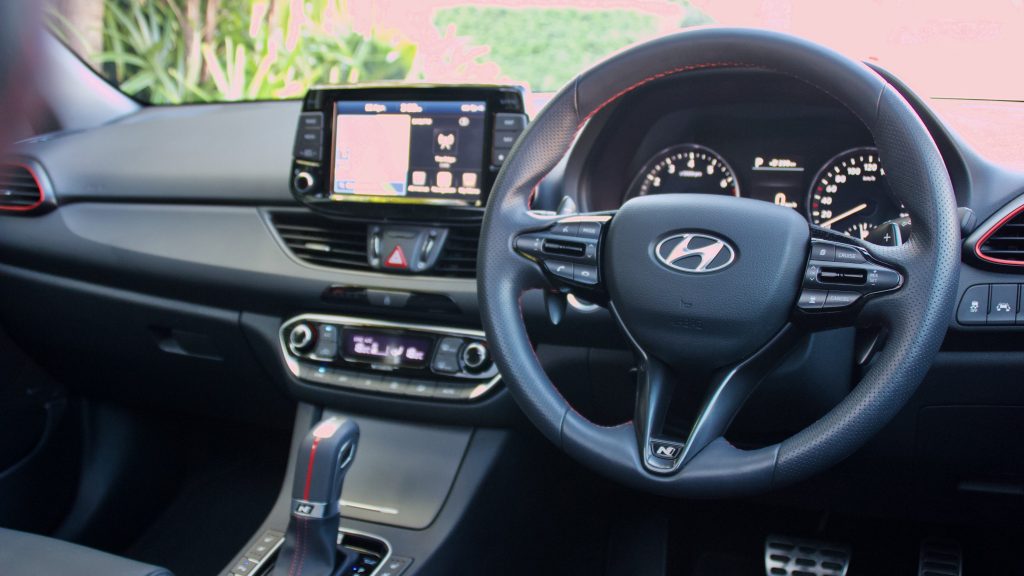
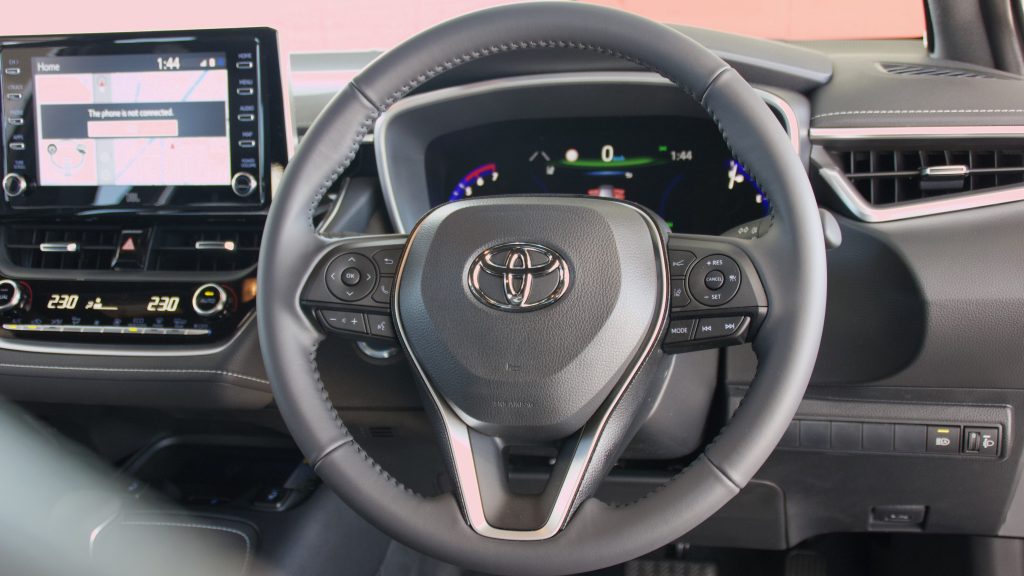
The i30 is undeniably more practical, however, with more storage space in the front with a large central box, big door bins and larger windows too, which helps visibility. The Corolla’s door bins are smaller – and only in the front seat – and you feel more claustrophobic thanks to smaller generally less interior space. Two six-footers will be more than comfortable in the rear of the i30, with ample leg- and headroom (despite the panoramic roof) – the Corolla will accomodate the same people fine, though they will be closer together thanks to the Corolla’s roofline. Five people? Don’t even think about it.
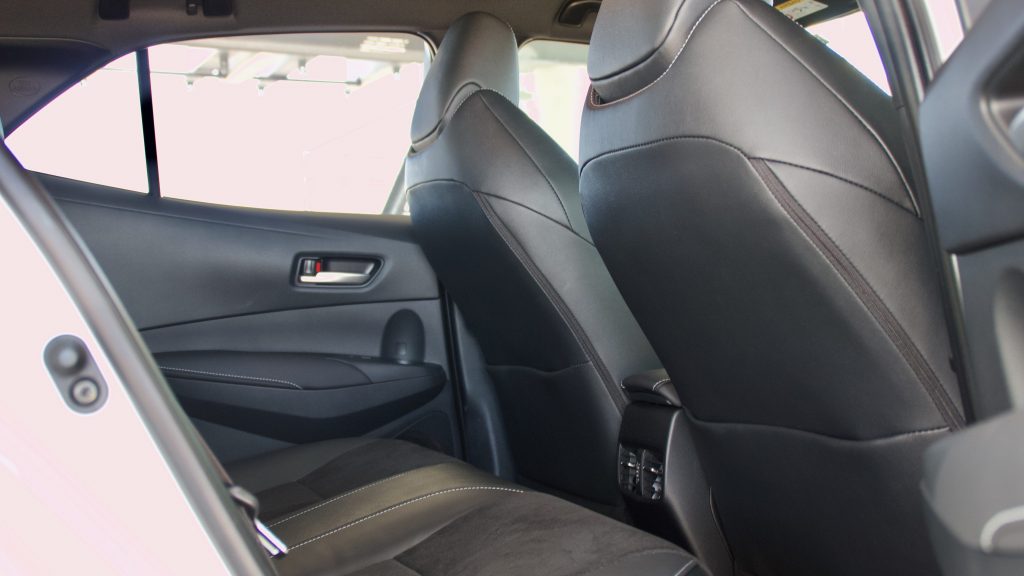
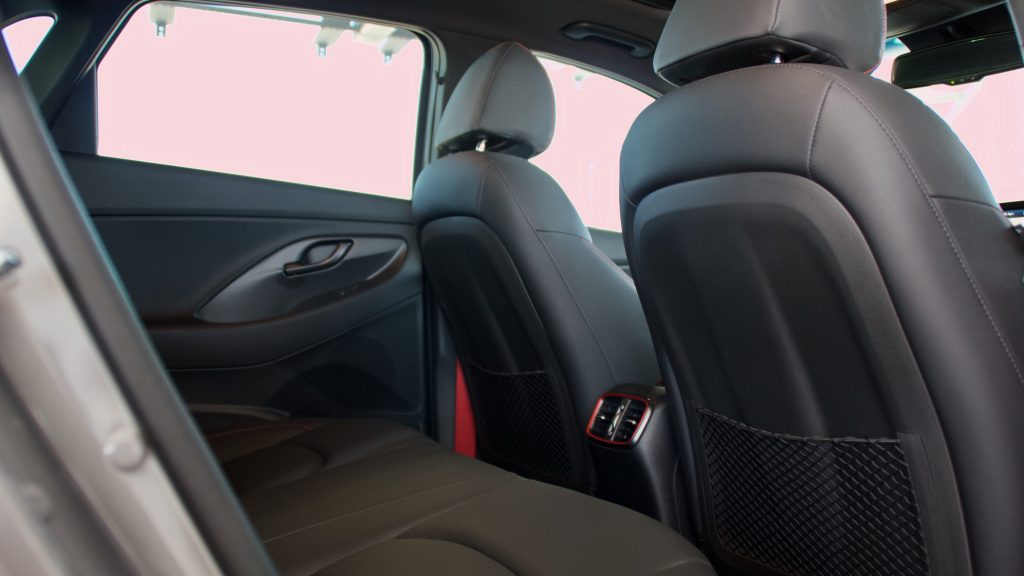
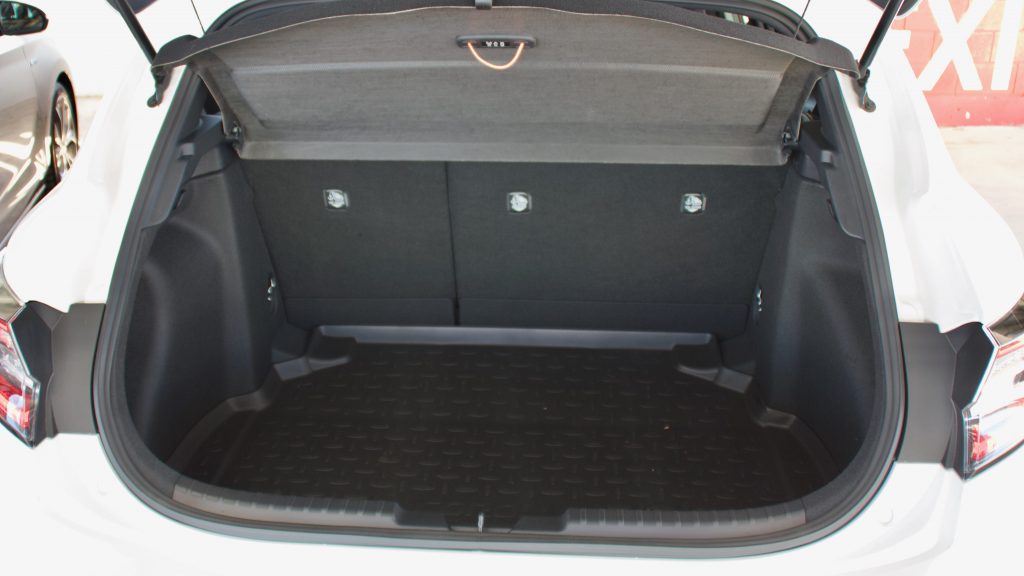
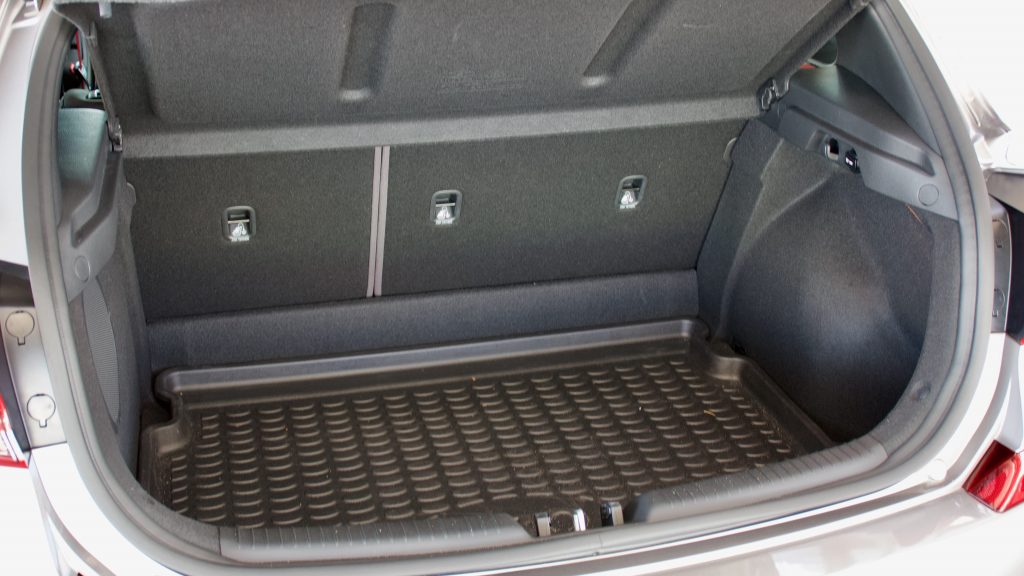
The i30’s bootspace is also larger at 395-litres, versus the Corolla’s 333-litre space. Choose literally any other Corolla hatchback and you get a 217-litre space thanks to the addition of a space-saver spare wheel, yet the i30 has one on all models. Both the N Line Premium and ZR models do feature a step between the boot floor and the rear seat and the seats don’t lie completely flat when folded. Both boots do have hooks for hanging bags and so on, though the Corolla has a large lip to watch out for when lifting luggage in and out.
Running Costs & Warranty
Both Toyota and Hyundai offer strong ownership credentials and excellent after-sales programs. Both cars come with a five-year/unlimited km warranty, and the Toyota also comes with a 10-year hybrid battery pack warranty if you have yearly check ups. Hyundais also come with one year of roadside assistance that gets extended by 12 months after each service – the Corolla has none.
The Corolla does edge ahead here with ownership cost – its 15,000km yearly service intervals are 5,000km longer than the i30, and each of its first five services are just $185 each ($925 in total). The i30 is more expensive by comparison, but still cheap to run – five years of servicing will cost $1,385 ($277 for each service). Unlike the Corolla, these can be paid for upfront, and the i30’s capped pricing lasts for life.
Conclusion
Here we have two hatchbacks that not only prove that hatchbacks have a lot of life left in them, they’re also better than their equivalent SUV – they drive better with much better visibility, they’re more efficient, better value and will cost less to own. As for which is best, it depends on what you’re looking for in a hatchback.

Both are fun to drive with excellent ride quality and keen handling – way keener than their badges would suggest. The i30 is definitely sportier to drive with its keen turbocharged engine, dual-clutch auto and sporty seats, there’s traces of hot i30 N. While the Corolla is slower than the i30, it also uses significantly less fuel, and despite heavy battery packs, it weighs less and offers a more energetic feel as a result.
Which do you buy? It depends on what you’re looking for – a fun sports lux hatch? The 2020 Hyundai i30 is the go. A comfortable cruiser with a long equipment list and excellent running costs? Definitely the 2020 Toyota Corolla. Regardless, either is a better option than an SUV and both manufacturers deserve to be congratulated for still offering them.
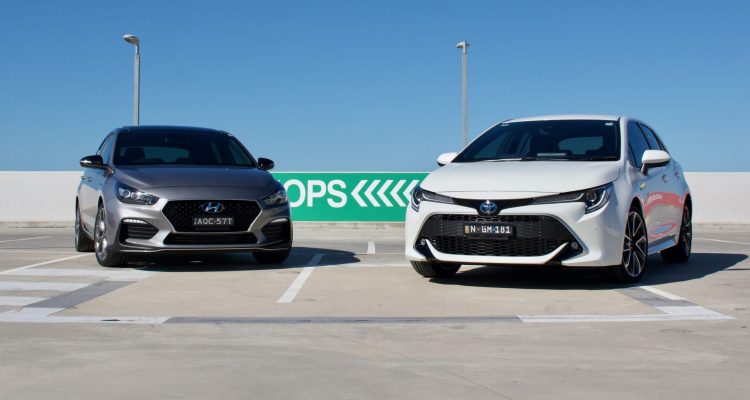
these ZR corollas look so good